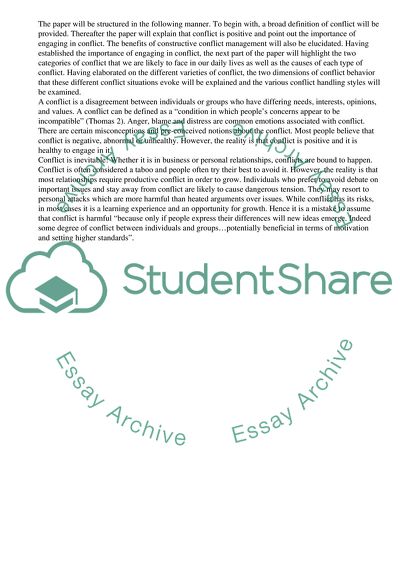Cite this document
(“Conflict Management Styles Coursework Example | Topics and Well Written Essays - 2000 words - 1”, n.d.)
Conflict Management Styles Coursework Example | Topics and Well Written Essays - 2000 words - 1. Retrieved from https://studentshare.org/management/1543737-explaining-a-concept-essay
Conflict Management Styles Coursework Example | Topics and Well Written Essays - 2000 words - 1. Retrieved from https://studentshare.org/management/1543737-explaining-a-concept-essay
(Conflict Management Styles Coursework Example | Topics and Well Written Essays - 2000 Words - 1)
Conflict Management Styles Coursework Example | Topics and Well Written Essays - 2000 Words - 1. https://studentshare.org/management/1543737-explaining-a-concept-essay.
Conflict Management Styles Coursework Example | Topics and Well Written Essays - 2000 Words - 1. https://studentshare.org/management/1543737-explaining-a-concept-essay.
“Conflict Management Styles Coursework Example | Topics and Well Written Essays - 2000 Words - 1”, n.d. https://studentshare.org/management/1543737-explaining-a-concept-essay.


